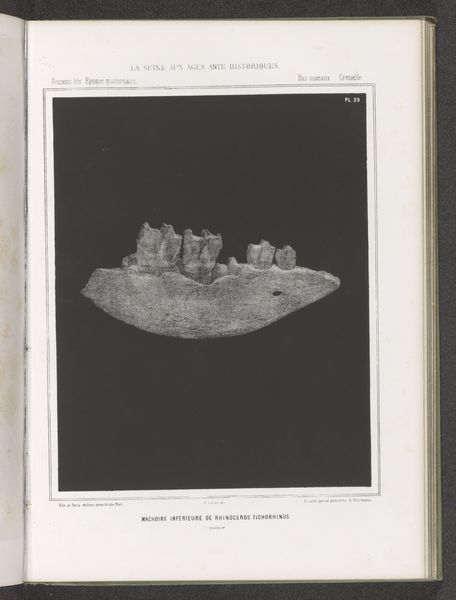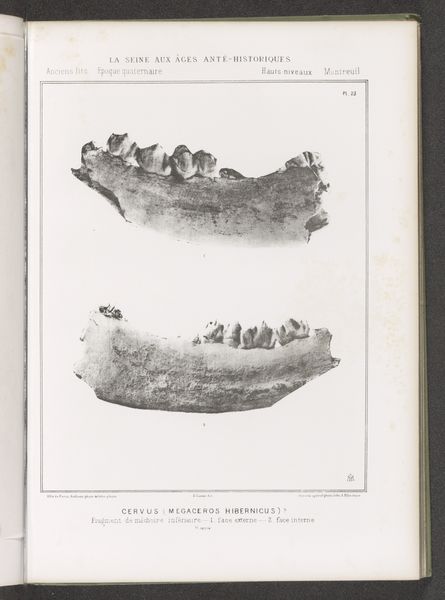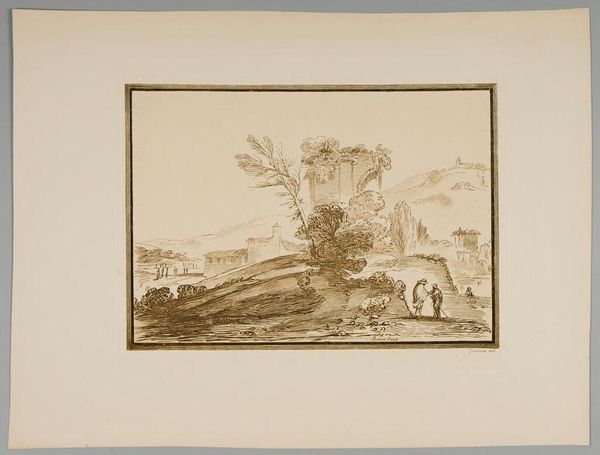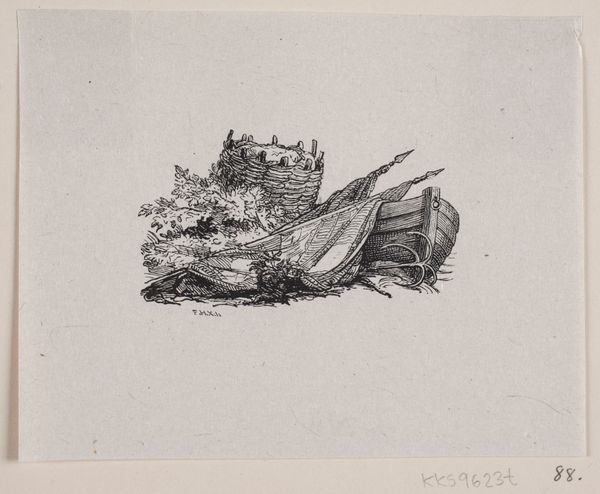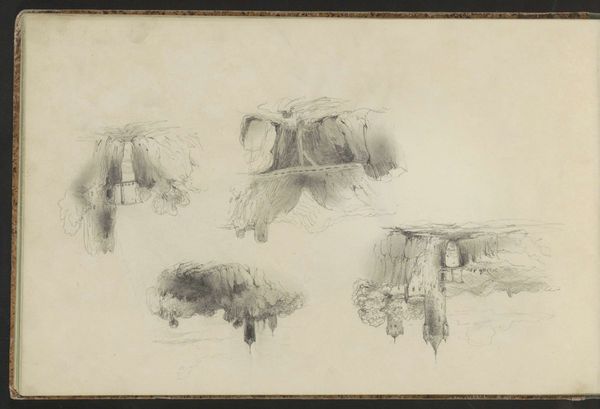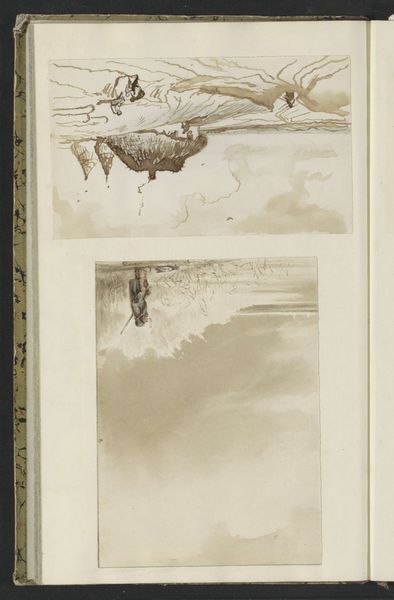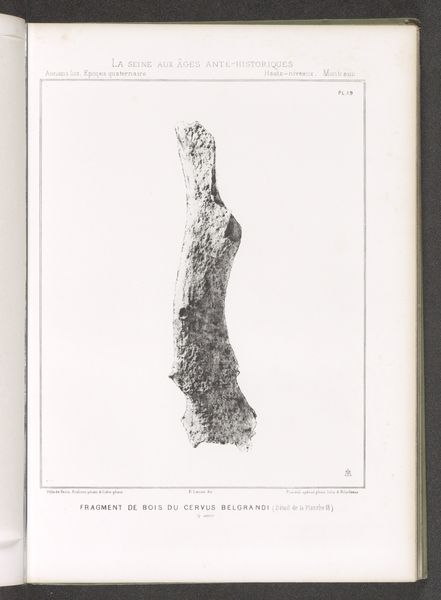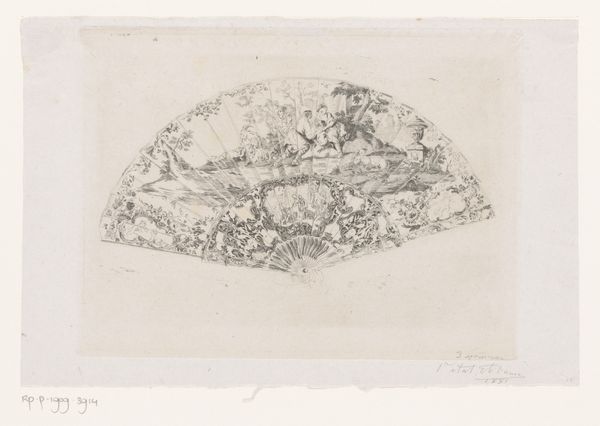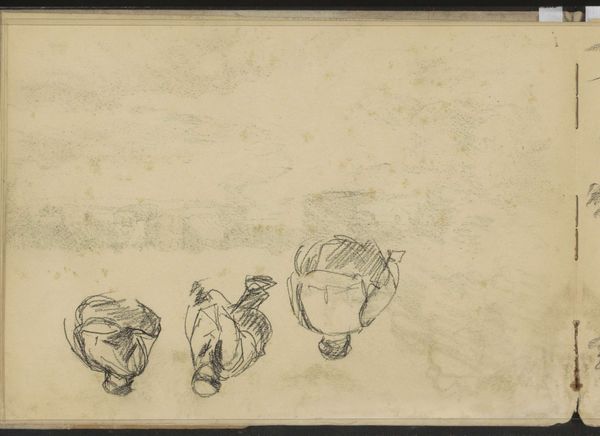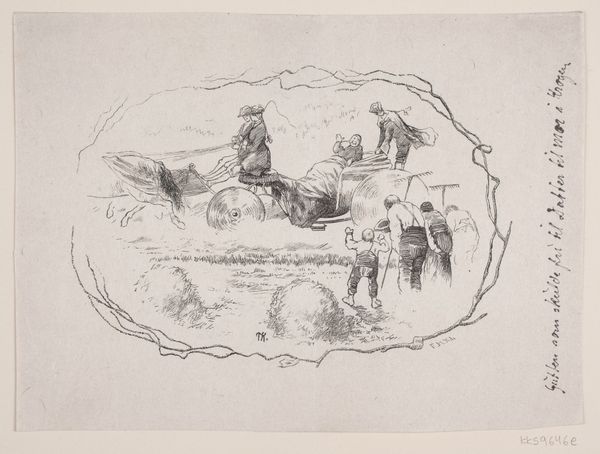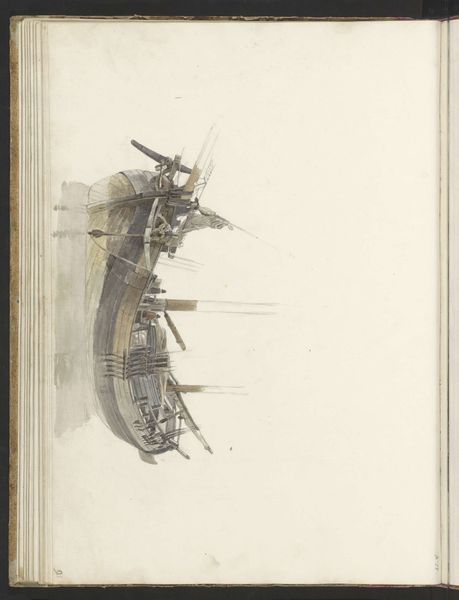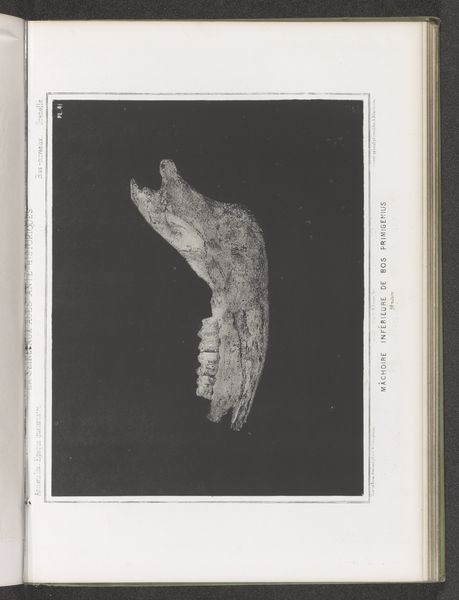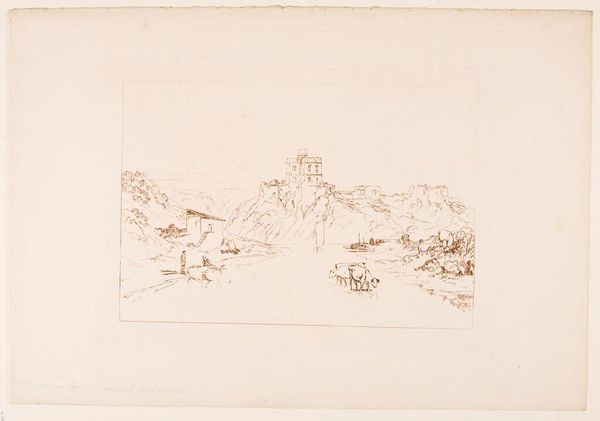
Twee aanzichten van de onderkaak van een neushoorn, binnenkant en buitenkant before 1869
0:00
0:00
print, photography
# print
#
photography
#
ancient-mediterranean
#
realism
Dimensions: height 265 mm, width 205 mm
Copyright: Rijks Museum: Open Domain
Curator: Before us is a print from before 1869, titled "Twee aanzichten van de onderkaak van een neushoorn, binnenkant en buitenkant," which translates to "Two Views of the Lower Jaw of a Rhinoceros, Inside and Outside." Editor: My initial reaction is how strikingly realistic the artist has rendered these skeletal remains. There’s a haunting beauty in this memento mori. Curator: Indeed. This work, using a photographic print technique, presents the stark reality of ancient life through its remains. Let's consider the historical context. What might it signify for its era? Editor: Well, it’s interesting to examine this image through the lens of power and the politics of knowledge production in the 19th century. How does it contribute to broader narratives around colonialism, scientific advancement, and the collection and display of natural history specimens? It's not simply an image; it's a statement about our relationship to the natural world and our perceived right to document and categorize it. Curator: I agree. The presentation of the jaw's interior and exterior evokes an objective, scientific perspective, reminiscent of early photography's role in documentation and exploration. This "realism," while technically impressive, serves a purpose beyond mere representation. Editor: Absolutely. Consider the rhetoric of 'discovery' employed during this period. The photographic capture of this rhinoceros jaw underscores an almost possessive gaze—implying knowledge as a form of dominion. Curator: This challenges us to think about what these early depictions say about prevailing ideologies and even who had access to and control of visual narratives at the time. Were there competing viewpoints or artistic forms challenging the authority of these so-called scientific documents? Editor: Exactly. Furthermore, the anonymous attribution compels us to ask: who was privileged to contribute to this visual archive? Whose perspectives are valorized? The art isn’t an isolated object, but a confluence of complex social, cultural, and scientific factors. Curator: Considering it in that manner reveals that it's about so much more than just biology; it’s about the construction of our understanding of the natural world and humanity's place in it. Editor: Indeed. And in that respect, these jaws are no longer voiceless bones, but resonant symbols reflecting our complex past.
Comments
No comments
Be the first to comment and join the conversation on the ultimate creative platform.
